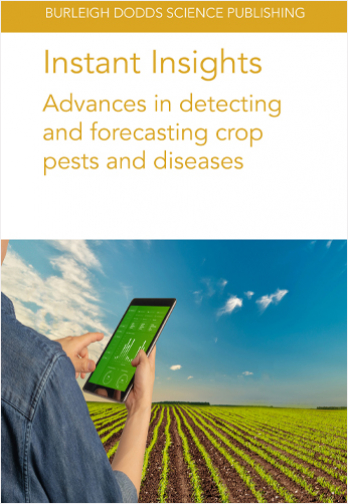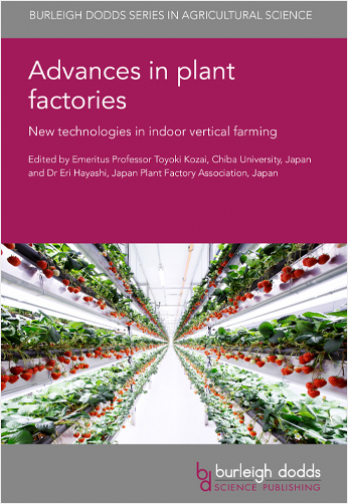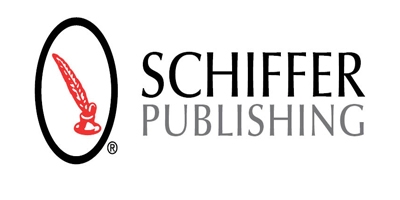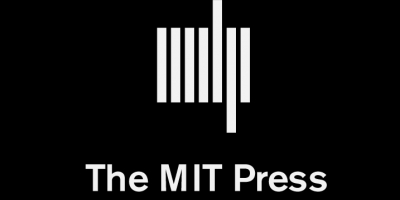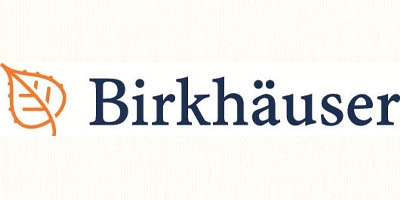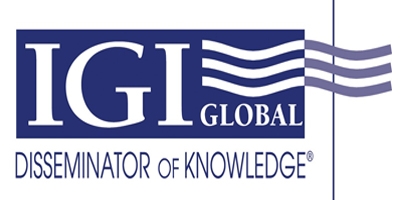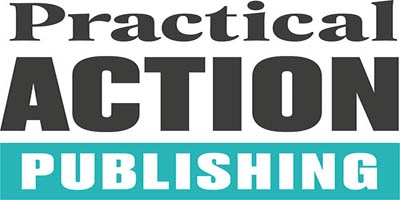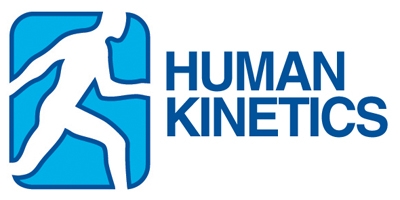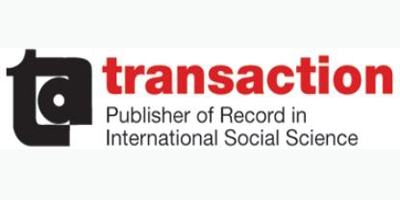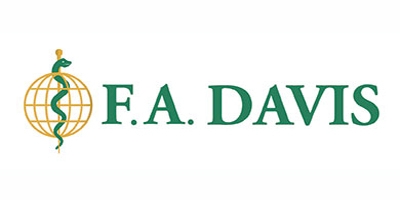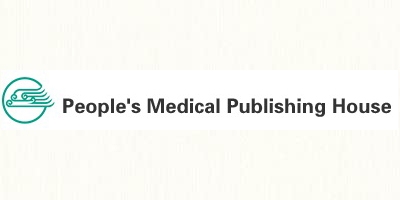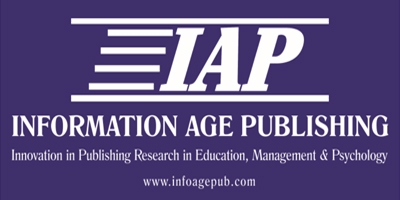Disponibilidad: En Stock
Notas: Bajo Pedido
Instant Insights: Advances in detecting and forecasting crop pests and diseases
Editorial: Burleigh Dodds Publishing
- Item #: 2515
- Edición:
- Isbn : 9781801465069
- Año: 2023
- Páginas: 204
- Pasta : Blanda
$1,100.00
The first chapter introduces the concept of machine learning to identify and diagnose crop diseases, focussing on the deep learning concept.
The second chapter discusses recent advances in crop disease forecasting models, focussing on the application of precision agriculture technologies and Earth observation satellites to identify areas at risk of possible disease outbreaks.
The third chapter explores the contribution of remote sensing in improving the ways in which plant health is monitored in response to exposure to biotic stresses, such as disease.
The fourth chapter reviews how sensor technologies in combination with informatics and modern application technologies can contribute to more effective pest control.
The fifth chapter assesses the role of decision support systems for pest monitoring and management through information technology, such as spectral indices and image-based diagnostics.
The final chapter addresses key issues and challenges in pest monitoring and forecasting models, such as the limitation of some traps in attracting insects through the use of sex pheromones.
#biblioinforma #Grupobiblioinforma
